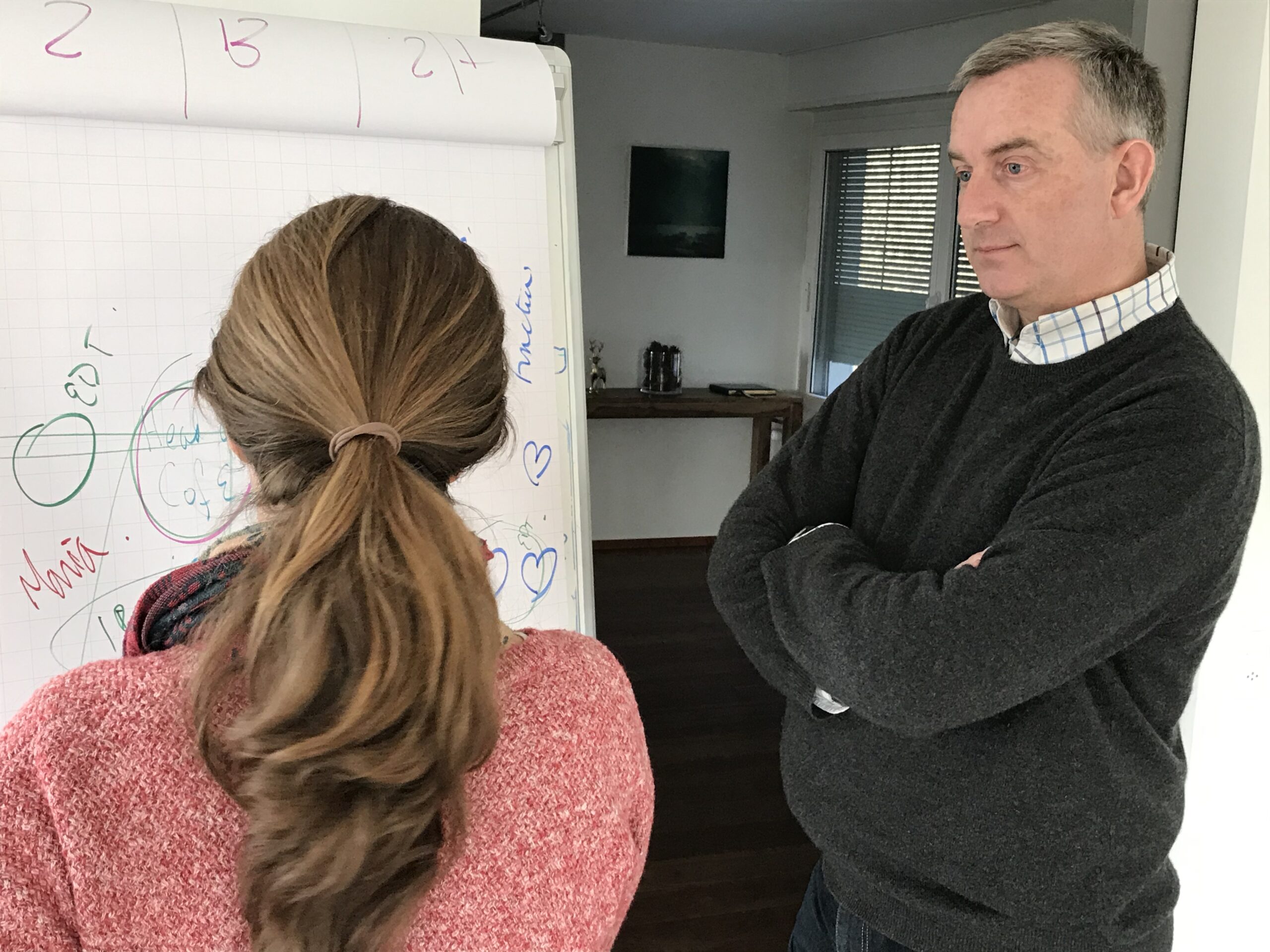Background:
We were approached by a tech company at the cutting edge of a new age of technology. The organisation consists of an amazing collection of some of the brightest people on the planet. They have a very clear purpose and an extremely strong sense of ethics.
Connecting:
There was a general awareness that things weren’t entirely right between two different communities at the core of the organisation. The research-led organisation required researchers and engineers to work together at all levels. Some relationships were strong, but others weak without a clear explanation. Many things had been tried, but nothing had really worked and there was a sense that overall the engineering population wasn’t realising the potential the organisation needed.
What we did
Organisational Coaching
Where
Artificial Intelligence
When
July 19 – Nov 21
How
EDTs, Communities of Practice
Background
We were approached by a tech company at the cutting edge of a new age of technology. The organisation consists of an amazing collection of some of the brightest people on the planet. They have a very clear purpose and an extremely strong sense of ethics.
Connecting
There was a general awareness that things weren’t entirely right between two different communities at the core of the organisation. The research-led organisation required researchers and engineers to work together at all levels. Some relationships were strong, but others weak without a clear explanation. Many things had been tried, but nothing had really worked and there was a sense that overall the engineering population wasn’t realising the potential the organisation needed.
Consideration
We conducted diagnostic interviews and focus groups involving engineers, researchers, managers and others. The analysis was based on our work on communities of practice and teams which provided a new perspective on this on-going issue.
Our key finding was that within this new engineering community, at the cutting edge of a new technological age, a group of people were missing. Engineers were drifting towards research or management as prototypical role models. What the tech organisation needed was some to develop mastery in this new domain of technology. No-one had ever done this before, yet once we had pointed it out, it was clear to everyone what was missing.
Change
By way of follow up we ran learner-led collaborative learning sessions of the most advanced of the engineers. These sessions promoted learning with each other, from each other, for each other, intentionally pushing the boundaries of their knowledge and practice.
The sessions were co-created with the group to meet their duration and frequency needs. Each session achieved “aha” moments for the participants, each one being a gem of learning. But more importantly than that, they learned that getting to the breakthroughs took more time than they typically invested in meetings and specific skills to draw out the best in each other. This raised the bar for each of them, helping them identify what was needed for them to be role models within their learning community.
Close
The group determined to continue as we stepped away and left them to it. One participant said: “I can honestly say that they have been real highlights of the last year for me!”
